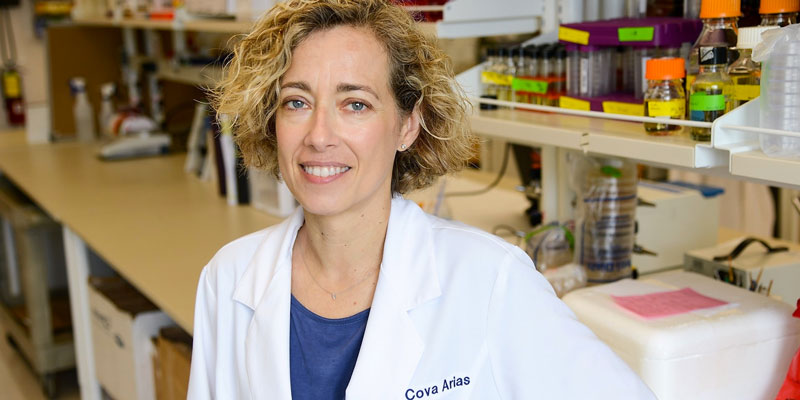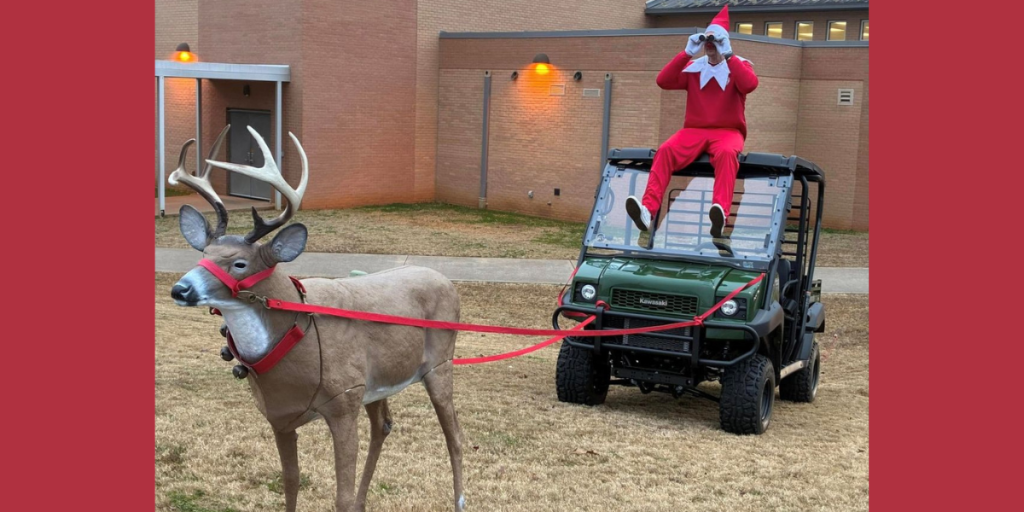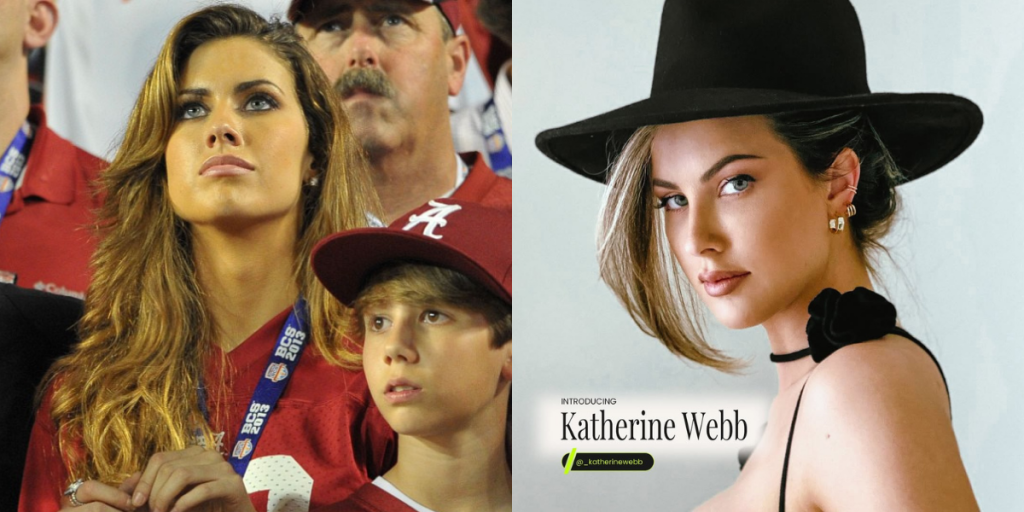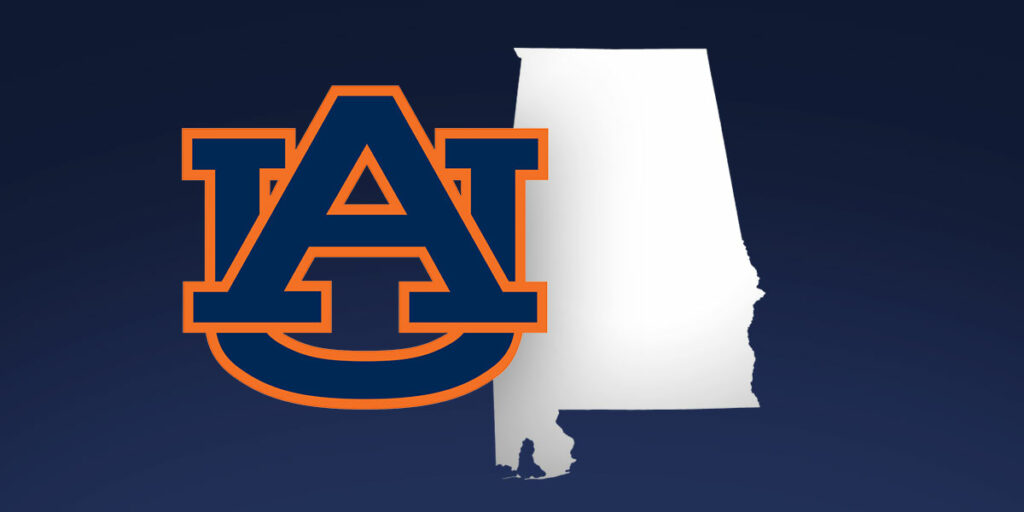
After more than seven years of research and testing, Cova Arias knows the vaccine she developed and patented to immunize catfish against columnaris disease works in a laboratory. She will use $321,000 in U.S. Department of Agriculture (USDA) funds to answer two questions.
“Does it work in the field, and is it cost-effective,” said Arias, a professor in Auburn University’s School of Fisheries, Aquaculture and Aquatic Sciences. “The answer to both of those questions has to be yes.”
If the answer is yes, Arias, who was awarded the competitive grant in November through the Aquaculture Research Program administered by the USDA National Institute of Food and Agriculture, will move a step closer to giving catfish farmers an effective weapon to combat one of the worst threats to commercially produced catfish.
“Last year we lost almost 2.5 million pounds of fish to columnaris disease,” said Bill Hemstreet, a fish health specialist working with Auburn University’s Alabama Fish Farming Center in Greensboro. “It varies from year to year.”
Catfish farmers try to avoid treating fish with antibiotics. The return on investment isn’t very good and they don’t like the image it gives the industry. So, they have little at their disposal to combat the disease.
“It would be a huge step forward if we could get a vaccine that worked, particularly if you could vaccinate the fish when they were fry or fingerlings,” Hemstreet said.
Devastating disease
Catfish ponds are stocked at 8,000-10,000 fish per acre. When disease infects a pond, it can spread from fish to fish quickly. An outbreak of columnaris disease has the potential to inflict heavy damage.
“We’re talking tens of thousands of fish,” said Townsend Kyser, who works with his father and brother on Kyser Family Farms in Greensboro, an operation that produces 3.5 million to 5 million pounds of catfish annually in 50 ponds covering about 700 acres. “It can devastate an entire pond. A vaccine would certainly help. An entire pond is a loss we can’t have.”
Columnaris thrives in the nutrient-rich conditions a catfish pond provides. It attacks the fish through the mucous membrane covering their skin and gills. The best way for catfish producers to combat the disease is to reduce the amount of food they feed their fish and to work diligently on maintaining high water quality. But slowing the feeding rate reduces the number of fish they can raise and slows their growth rate.
“We’ve lost enough fish to disease that we could have retired several times,” said Bill Kyser, Townsend Kyser’s father. He has raised catfish since the 1960s on land that has been in his family since the 1940s. “A vaccine could be extremely useful.”
But getting the vaccine to market won’t happen overnight.
“I’d be happy if we had someone using the vaccine in five years,” Arias said.
Market obstacles
Getting to this stage of development has been difficult because the agricultural companies that manufacture vaccines for the commercial market haven’t been interested, Arias said.
The bacteria that attack catfish are specific to that species, and there are two types of columnaris disease. The only commercially available vaccine protects catfish against Type I bacteria – the least widespread and mildest form. But Type II bacteria is responsible for about 95 percent of the columnaris infections and is much more destructive.
Arias’ vaccine protects catfish against both strains of bacteria. But the company that produces a columnaris vaccine wasn’t interested because it has the only vaccine on the market. Other companies have expressed little interest because, worldwide, the catfish industry is relatively small. The vaccine manufacturers aren’t convinced they can make money even if Arias’ vaccine works.
Arias must prove the vaccine works in field conditions. Her tests will attempt to determine whether the vaccine protects the fish and delivers an economic benefit by reducing losses in a cost-effective way.
“We know the vaccine works in a lab very well,” she said. “We want to take it outside.”
That’s how the USDA grant will be spent. Tests will take place on 400 acres of Auburn University ponds. Auburn is among the few research universities with the large-scale facilities for the testing Arias will undertake.
“We are really excited about it,” Arias said. “I think this is the fourth time we submitted it and it was finally approved.”
Exciting possibilities
If the field tests prove successful, there is still much to be done to produce a commercially viable vaccine. In the end, it may wind up something that Auburn has to produce and distribute, Arias said.
“It needs to induce protection that will last long enough to be effective,” Arias said. “It has to be cheap to produce, easy to deliver and it has to fit with the production scheme.”
What that means for catfish farmers is a vaccine that can be administered to very young fish by immersing them in water containing the vaccine, or through a vaccine that is incorporated into food. But vaccinating fry and fingerlings has drawbacks.
“Unfortunately, the fish are too small to develop an immunity,” Arias said. “We need to find a way to deliver the vaccine when the fish are larger.”
Ideally, that would be accomplished through food. But the first tests will deliver the vaccine by immersion.
“I’m excited about the potential of one that will work,” said Townsend Kyser. “That would put a lot of money not just back in our farm, but the community as well.”
(By Robert DeWitt, courtesy Alabama NewsCenter)












